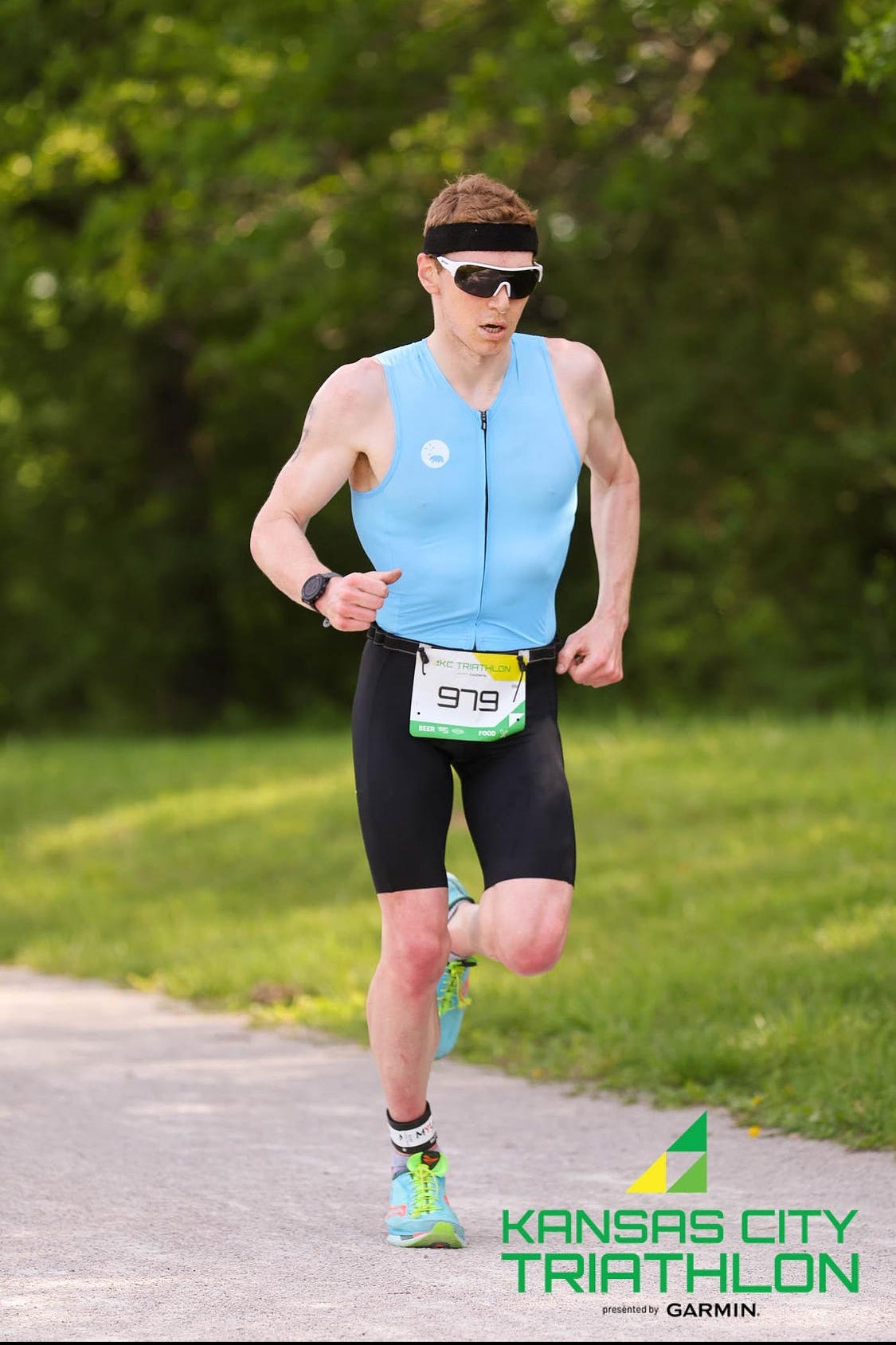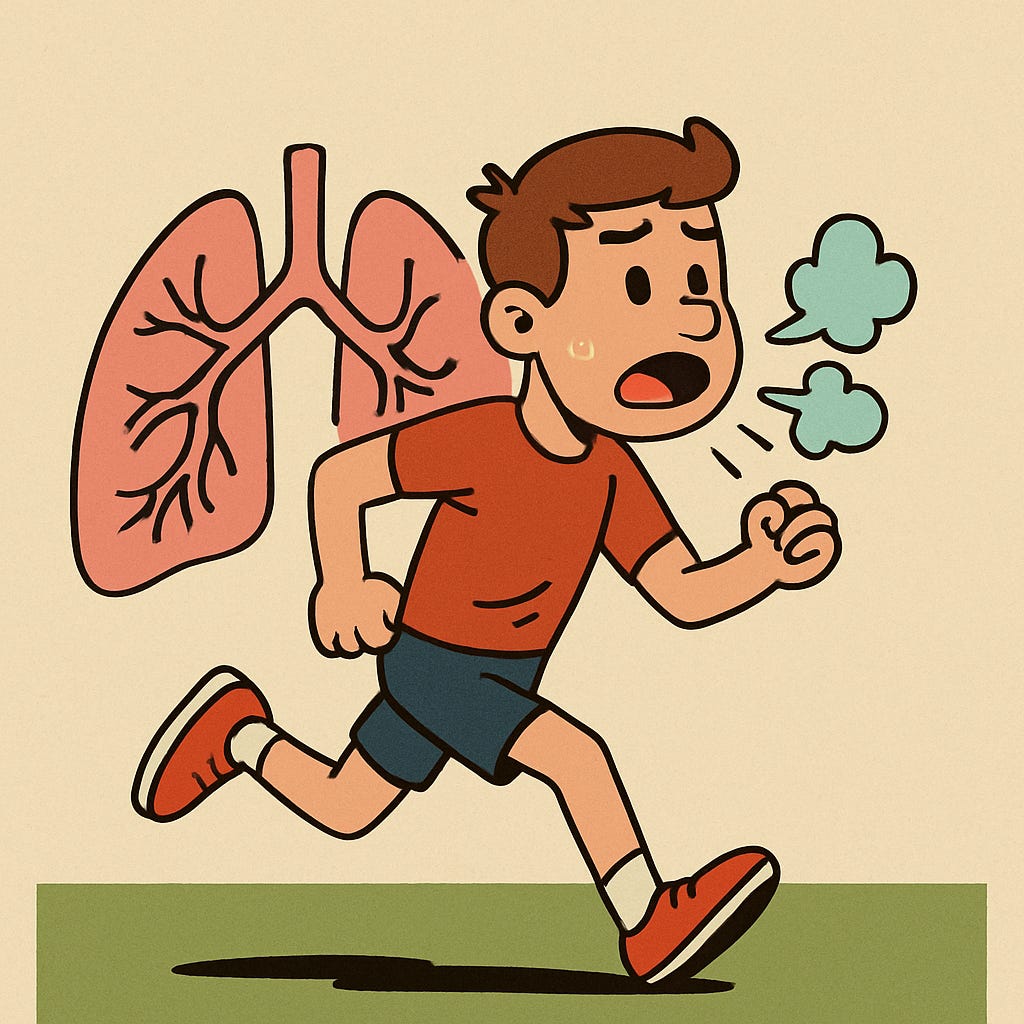Breath work
Simple cues to run farther, faster
Legs and lungs. You need both to get the most out of your endurance training.
If you are relatively new to running, you may have found that controlling how you breathe can be quite the challenge.
Different intensities bring different rhythms. Learning to pay attention to those rhythms is one of the best ways to develop “feel” for your running. This week, we’ll look at how your breathing changes as the pace picks up, and what you can do to keep yourself relaxed when the effort rises or to keep your easy days truly easy.
Breathing across intensities
One of the best ways to think about breathing is not as something to force, but as something to observe and adapt. Your breathing rhythm will naturally change with pace, and learning to recognize these patterns gives you another layer of awareness beyond heart rate or pace.
In fact, it may be more important than those two. Heart rate lags behind effort by a minute or two, and it can be influenced by factors like caffeine, dehydration, heat, or lack of sleep. Pace, meanwhile, is shaped by terrain, wind, surface, and even GPS accuracy. Both are numbers that need interpretation.
You can split your breath markers into the following four categories
Easy Effort (conversational pace)
Breathing pattern: in for 3–4 steps, out for 3–4 steps.
Cue: you should be able to speak in full sentences.
Purpose: builds aerobic capacity, promotes relaxation, and helps you tune into rhythm.
Steady / Moderate Effort
Breathing pattern: in for 2–3 steps, out for 2–3 steps.
Cue: you can talk, but only in short phrases. This is the first “deepening” of your breath you experience as effort is slightly increased from Easy
Purpose: helps develop efficiency at a “working” pace while keeping control.
Hard Effort (tempo, intervals, threshold)
Breathing pattern: often 2 steps in, 2 steps out.
Cue: talking is difficult; one or two words at a time.
Purpose: oxygen demand is high—controlled breathing helps delay the “spiral” into panic breathing.
Very Hard Effort (VO2 max, finishing kick)
Breathing pattern: often 1 step in, 1 step out.
Cue: you are at the edge; focus shifts to staying relaxed enough to not waste energy.
Purpose: awareness here is less about controlling exact rhythm and more about preventing form collapse. When you are cranking out intervals or racing at this intensity, the clock is ticking. You cannot maintain this all day. The key is to prevent panic.
Staying relaxed
Your lungs and diaphragm can only work efficiently if your posture allows it. At all intensities, but especially when fatigue sets in, how you hold yourself plays a huge role in breathing ease.
Head: Keep it tall, eyes looking 10–20 feet ahead, not down at your feet.
Neck: Relax—imagine lengthening the back of your neck.
Shoulders: Drop them away from your ears. A gentle “shoulder shake” mid-run can help release tension.
Chest: Think of keeping your rib cage open, not collapsed. This frees up space for deeper diaphragmatic breaths.
When running gets hard, the body’s instinct is to tighten up. That tension only wastes energy and makes breathing harder. Here are a few cues that can help:
Relax your hands: Loosen clenched fists. Imagine holding a potato chip without breaking it.
Check your jaw: Unclench your teeth and keep your jaw soft.
Exhale fully: Especially at high intensities, forcefully exhaling helps “reset” your breathing rhythm.
Cadence focus: Shift attention to quick, light steps instead of fixating on discomfort.
Personal note—
When I feel myself coming unstuck in a race or in a session my first thought is to try to take a slower, deeper breath. It may result in a temporary decrease in speed, but it is a worthy reset. I also like to use the cue “forward”. When tired or panicked, it can be easy to twist and writhe the upper body, let the back arch, and lose composure. “Forward” helps me focus on what matters which is, after all, moving forward.


Parting shot
Breathing isn’t just about oxygen. It’s about rhythm, posture, and relaxation under stress. The better you can connect your breathing patterns with your effort level, the easier it becomes to “run by feel.”
Next time you head out, experiment:
Count your steps per breath.
Do a quick shoulder shake to relax your upper body.
Practice exhaling fully at the end of a hard rep.
Over time, these small cues build into a powerful toolkit for running faster, farther.


